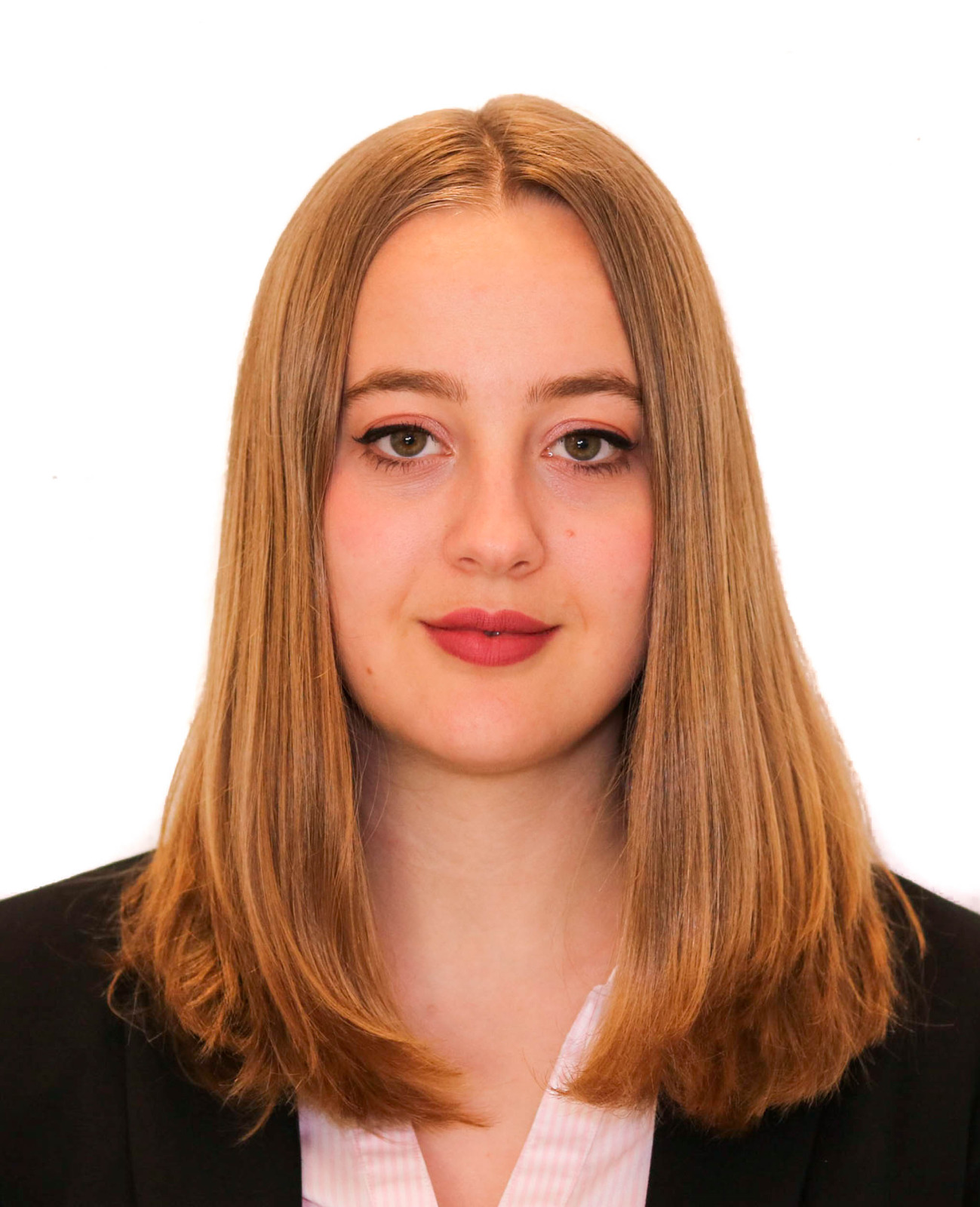Wound marker by photomicrograph on fibroblasts cultured in Petri to determine the effect of electrotherapy
End of Degree Project in Institute Ramón y Cajal for Health Research (IRYCIS)
This project aims to create a biomedical application that automatically analyzes micrographic images to obtain results in a research. This is based wound healing in human skin through the application of electrical therapy. The pictures are obtained at the Bioelectromagnetism Service of the Ramón y Cajal University Hospital in Madrid.
The interface has been created with the MatLab software, specifically with the graphical user interface (GUIDE) computing environment. The image analysis is made applying computer vision with algorithms created through the image processing toolbox.
The study carried out tries to check the effects of nonthermal electrotherapy on wound closure at cellular level in cultures of human dermis cells, called fibroblasts. Electrical currents are applied at different intervals of time and images are taken after applying the therapy.
The main objective of this project is to achieve more precise and fast results when the closure area of the wound is calculated as well as the counting of cells migrated during the process. This will prevent the research team from performing that task manually, which is slow and tedious. At the conclusion of the test, it will be determined whether there are statistically significant differences between electrically treated and untreated experiments (controls).
See project
Implementation of a tracking and segmentation algorithm of structures in laparoscopic surgery video
Final Master Thesis
Nowadays, laparoscopic surgery is one of the most used surgeries due to the minimal invasion to the patient (mainly because of the small incisions performed), which is why it is included in the group of Minimally Invasive Surgery (MIS). A thin tool with a video camera and a light at the end is used to obtain images from the tissues and organs of the patient. Said images are displayed in a monitor allowing the surgeon to see what is happening inside the body and perform the surgery accurately.
This technique requires for surgeons to have a high-level training, for which new pedagogical approaches are being developed. One useful technology is the creation and application of surgical interactive videos for the learning processes of residents.
There are not many authoring tools which allow for the creation of original contents by the teachers or content creators in charge of the residents' training. AMELIE is an authoring tool which provides teachers and content creators with the means for creating interactive videos. One of the main functionalities is the ability to show anatomical structures of importance for the understanding of a procedure. This is obtained by means of applying computer vision in those structures.
The aim of this project is precisely to implement an improved segmentation and tracking algorithm based on artificial vision capable of recognizing any anatomical structure selected by the teachers or content creators interacting with the authoring tool in a laparoscopic video frame, and following its position during the rest of the selected frames. This information will lead to an improvement in the training processes of surgical residents.
The developed algorithm is based on the extraction and matching of image features. It essentially finds important regions in each frame and compares them with the initial Region of Interest (ROI) selected by the user to find the new ROI. Those regions that are similar are recognized as the ROI of the image.
See project

